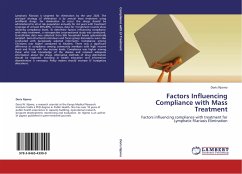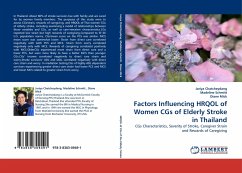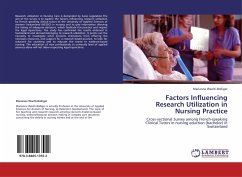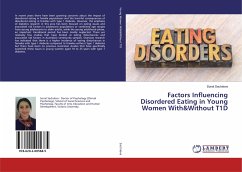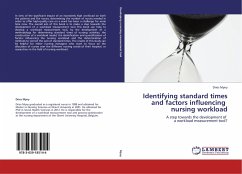Lymphatic Filariasis is targeted for elimination by the year 2020. The principal strategy of elimination is by annual mass treatment using antifilarial drugs. For elimination to occur the drugs should be administered to all at risk population annually for 4-6 years with treatment coverage of at least 65%-80%. In Kenya, data for 3 treatment rounds show declining compliance levels. To determine factors influencing compliance with mass treatment, a retrospective cross-sectional study was conducted. Quantitative data was collected from 965 household heads systematically sampled. Semi-structured interviews and focus group discussions were also conducted with purposively selected informants. Compliance among Christians was higher compared to Muslims. There was a significant difference in compliance among community members with high income levels and those with low income levels. Compliance was higher among those who had knowledge of the disease and received adequate information about the drugs. Alternative methods of drug distribution should be explored. Investing in health education and information dissemination is necessary. Policy makers should increase LF budgetary allocations.
Bitte wählen Sie Ihr Anliegen aus.
Rechnungen
Retourenschein anfordern
Bestellstatus
Storno

